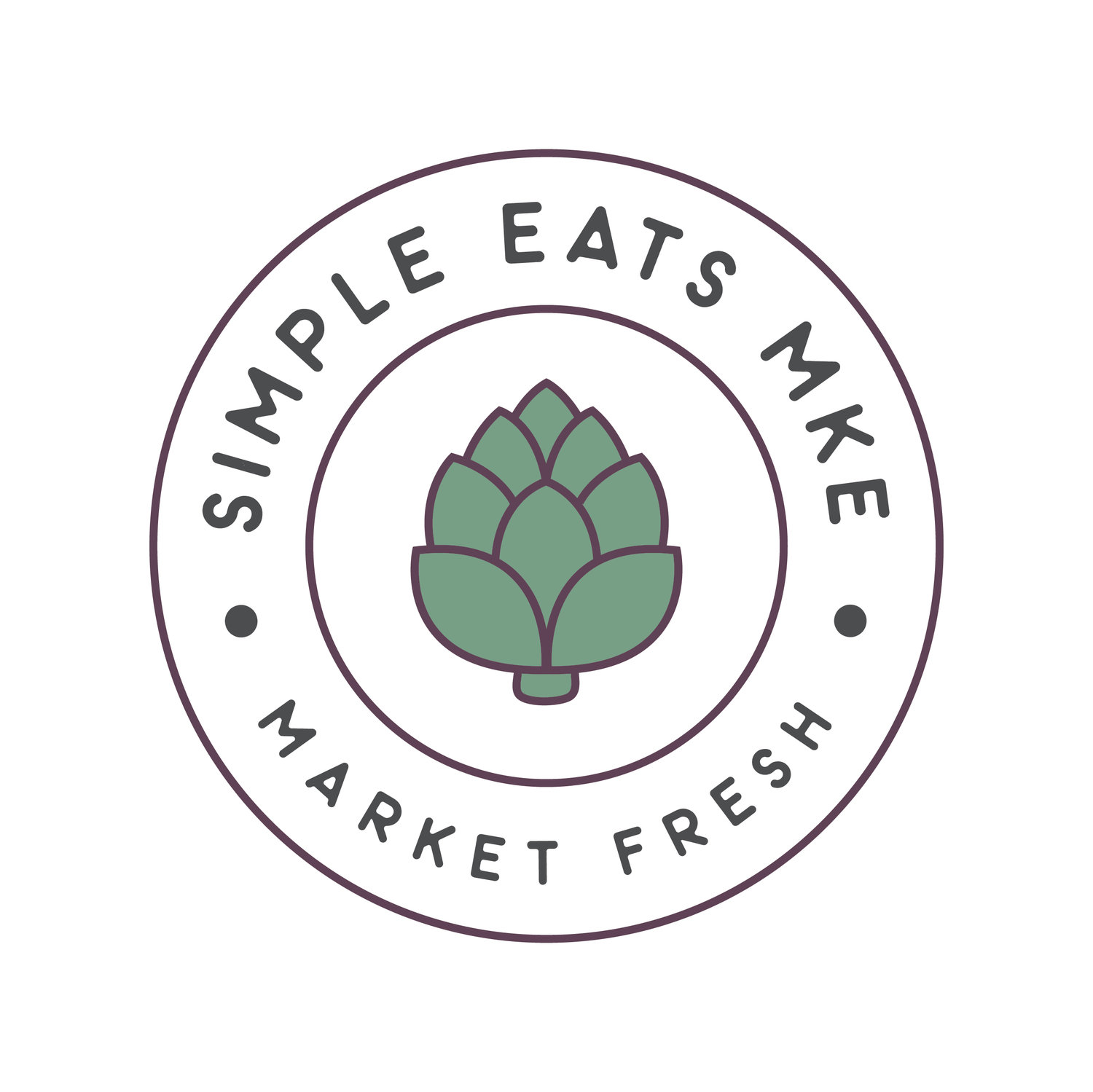SALTING AND PICKLING
After Tuesday’s blog about quick lunches, I thought I would follow up with additional info on 2 topics: salting and pickling (courtesy of Feel Good Food by Kristi)
SALTING 101
The salmon pasta toss dish is salty but in the best way ever. Do not be afraid of salt, salt is your friend! Why is salt important to flavor?
Salt is the most essential seasoning—without it, everything you cook will taste flat. Even if we eliminate all other seasonings, it’s possible to make a delicious meal seasoning with salt alone.
5 Principles of Salting
There’s a fine line between the perfect amount of salt and too much, but don’t be afraid to risk over-salting—that’s the only way to learn where the line is.
Some salts taste saltier than others. This is true of different types (kosher, sea, table), and even different brands. For consistency, pick an all-purpose salt (kosher) and a finishing salt (Maldon), and stick with them.
To increase your chances of hitting the seasoning sweet spot, add salt in small increments while tasting along the way, not all at once.
When reducing liquids, add salt only after the liquid is reduced to avoid over-concentrating it.
A dish that tastes perfectly seasoned today will often taste under-seasoned tomorrow. This is because foods absorb salt as they sit, so taste and adjust as necessary.
PICKLING 101
A great way to use up veggies that are about to turn, pickle them! You preserve them while giving them a zesty tangy taste. onions, cucumbers, cabbage, carrots, peppers, olives, and radishes - most anything will work. Put them on top of tacos, sandwiches, and burgers to add a little something special. We added pickled onions to our nacho recipe.
Why this works for your tastebuds: The balance of all of the fresh ingredients and the acidic flavor in the pickled onion. Let’s have a little pickling 101....
What Is a Quick Pickle?
Quick pickles are also known as refrigerator pickles. They are simply vegetables that are pickled in a vinegar, water, and salt (sometimes sugar, too) solution and stored in the refrigerator. Quick pickles don’t develop the deep flavor that fermented pickles do, but they also only require a few days in the brine before they can be enjoyed. Quick pickles also do not require canning when refrigerated.
Fresh Is Best
Pickling is best done with super-fresh vegetables. Save the slightly bruised specimens for soups or other forms of preservation. Almost any vegetable can be pickled, and the shape you choose to pickle in is entirely up to you. For example, carrots can be peeled and sliced into matchsticks or coins. Cherry tomatoes are best preserved whole. Green vegetables, such as green beans or asparagus, can be blanched in boiling water for two to three minutes and then shocked in an ice bath to preserve their color, but this step is purely optional.
Preparing Vegetables for Pickling
Thinly slice: cucumbers, summer squash, ginger, red onion
Cut into spears: carrots, cucumbers
Peel: carrots
Blanch: green beans (optional, but helps preserve their color)
Brine Basics
For quick pickles, a basic brine is equal parts vinegar and water, but you can adjust the ratio to your preference. Any basic vinegar is game — white vinegar, apple cider, white wine, and rice vinegar all work well. You can use these vinegars alone or in combination. Steer clear of aged or concentrated vinegar like balsamic or malt vinegar for pickling.
Customized Pickle Flavors
The secret to a really unique, flavorful pickle is in the spices you add to the brine. Dill pickles are nothing more than cucumbers flavored with garlic, dill seed, and red pepper flakes. Carrots become more exotic when pickled with coriander, ginger, turmeric, and thyme. Other classic combinations include green beans with garlic and fresh dill, cherry tomatoes with black peppercorns and garlic, and squash with onion and garlic.
There’s nothing better than having a crunchy pickle straight from the fridge - let us know how it goes for you!


